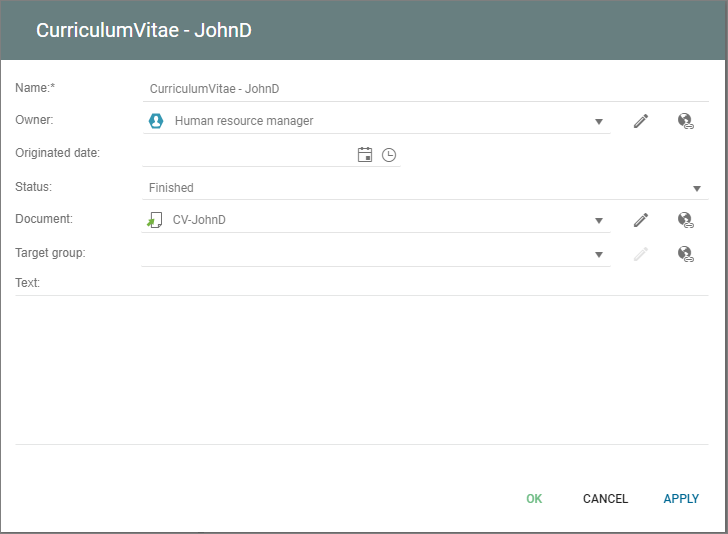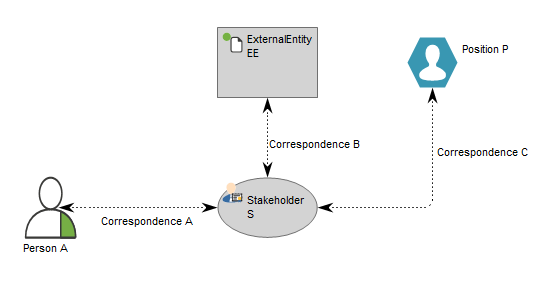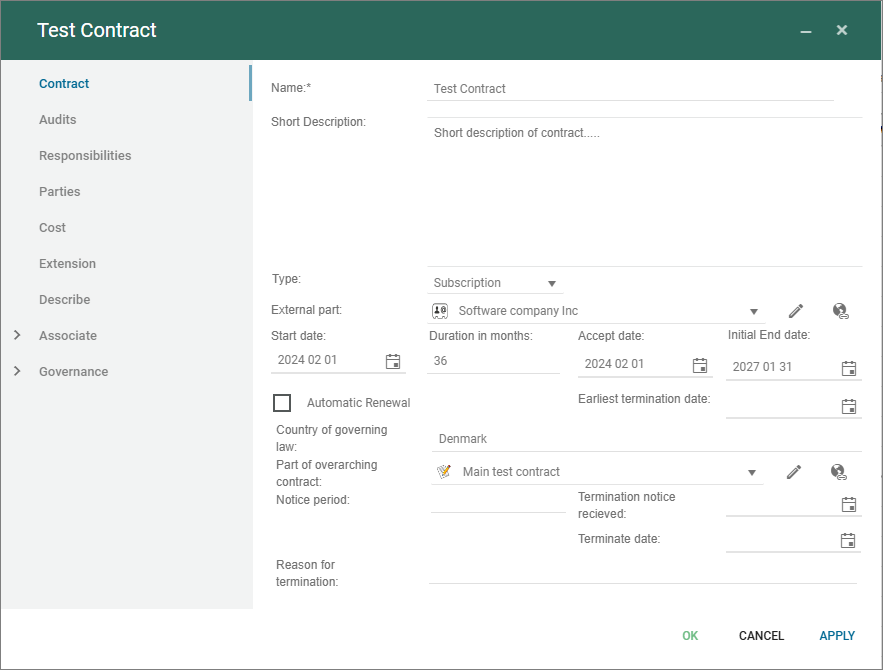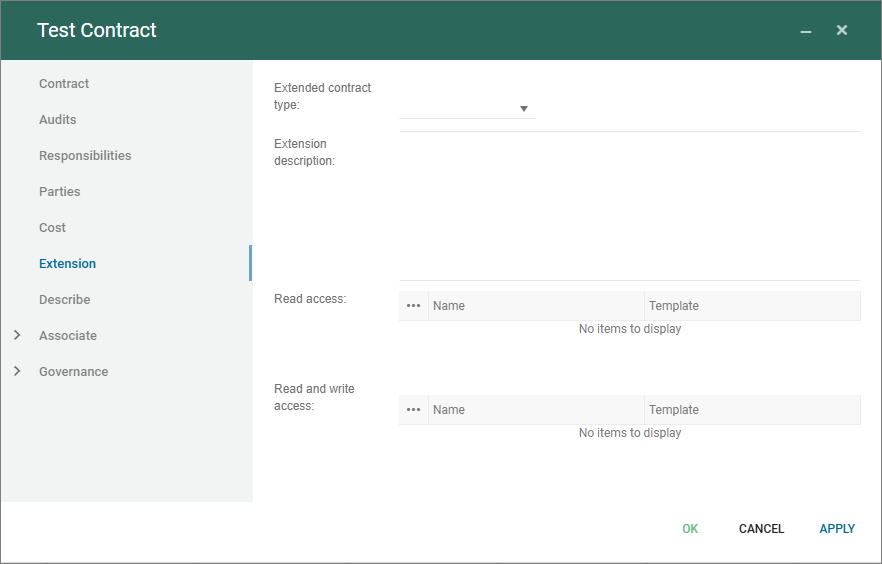Object that can be used to manage and document CVs.

Templates and model types in the QualiWare platform.
Object that can be used to manage and document CVs.

This template is used to document a persons participation to a course, and associate related content to the course (diploma)

An approach or plan for configuring some capabilities and resources of the enterprise, undertaken to achieve a goal. A course of action represents what an enterprise has decided to do. Courses of action can be categorized as strategies and tactics. It is not possible to make a hard distinction between the two, but strategies tend to be long-term and fairly broad in scope, while tactics tend to be shorter-term and narrower
in scope.

The connection Correspondence is used to show relationship between a stakeholder object and a organizational object (Organizational unit, Person, Position, Role, InterestGroup, ExternalEntity) in a diagram (e.g. organizational diagram or Stakeholder Model).

Conversation link refers to the relationship and communication between different participants or components within a larger system. It represents the exchange of messages or information between different participants or components, such as a system and a user, or two different systems.
For example, in a system where a user interacts with a chatbot to obtain customer support, the conversation link might be illustrated through a line connecting the user and the chatbot to represent the conversation between them. The conversation link might then continue with a line connecting the chatbot and the customer support system to represent the resolution of the user’s issue.
The symbol of conversation represents a communication or exchange of information that occurs between two or more participants in a process. It is used to illustrate the interaction and flow of information between the participants.
For example, in a customer service process, the conversation symbol might represent a phone call, email exchange, or chat conversation between a customer and a customer service representative. In a procurement process, the conversation symbol might represent a negotiation between a buyer and a supplier.
The conversation symbol is often used in conjunction with other symbols in a business process diagram, such as events, to provide a more complete view of the process. By including the conversation symbol in a diagram of a business process, organizations can better understand the flow of information and communication that occurs throughout the process, and identify areas for improvement or optimization.
Description of this template will be available soon.
A formal or informal specification of an agreement between a provider and a consumer that specifies the rights and obligations associated with a product and establishes functional and non-functional parameters for interaction. The contract element may be used to model a contract in the legal sense, but also a more informal agreement associated with a product. It may also be or include a Service-Level Agreement (SLA), describing an agreement about the functionality and quality of the services that are part of a product. A contract is a specialization of a business object. The name of a contract is preferably a noun.

The contract template is used to describe and capture relevant meta data about relevant contracts.
The main tab contains data about the contractual period, and the external part.

In addition a set of sub-tabs are available.
Detail the relevant organisations entities (positions, persons, organizationunits, ..) that are related to the contract from a RASCI point of view.

Parties contain standard fields to link to external and internal parties associated to the contract.



As any other objects contracts can be associated to a GovernanceWorkflow, there is a standard workflow available for Contracts that can be imported and enabled.
In QualiWare 10.10 there is a standard desktop dedicated to Contract Management.
Description of this template will be available soon.